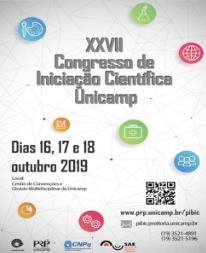Resumo
Energy homeostasis can be regulated by peripheral signals acting on the central nervous system, including the hypothalamus. The bile acid TUDCA has neuroprotective functions, reducing the major pathological markers of Alzheimer's diasease (AD) in animal models. However, its role in the hypothalamus of AD brains is still unclear. Here we reported that C57BL/6 mice submitted to intracerebroventricular injection of streptozotocin, experimental model of AD, and treated during 10 days with TUDCA presented reduced hypothalamic inflammation and hypothalamic mRNA levels of the orexigenic markers NPY and AgRP, resulting in decreased food intake and fat depots. Furthermore, this treatment also improved glucose tolerance and insulin sensitivity, as well as mice cognition. Our findings indicate that AD affect the hypothamalus, suggesting that hypothalamic dysfunction are directly involved with metabolic disorders observed in AD, and that the systemic administration of TUDCA attenuates these effects.
Referências
Rouzer CA. Controlling Energy Balance. 2015; VICB Communications.

Este trabalho está licenciado sob uma licença Creative Commons Attribution 4.0 International License.
Copyright (c) 2020 Lucas Zangerolamo, Helena Sampaio

